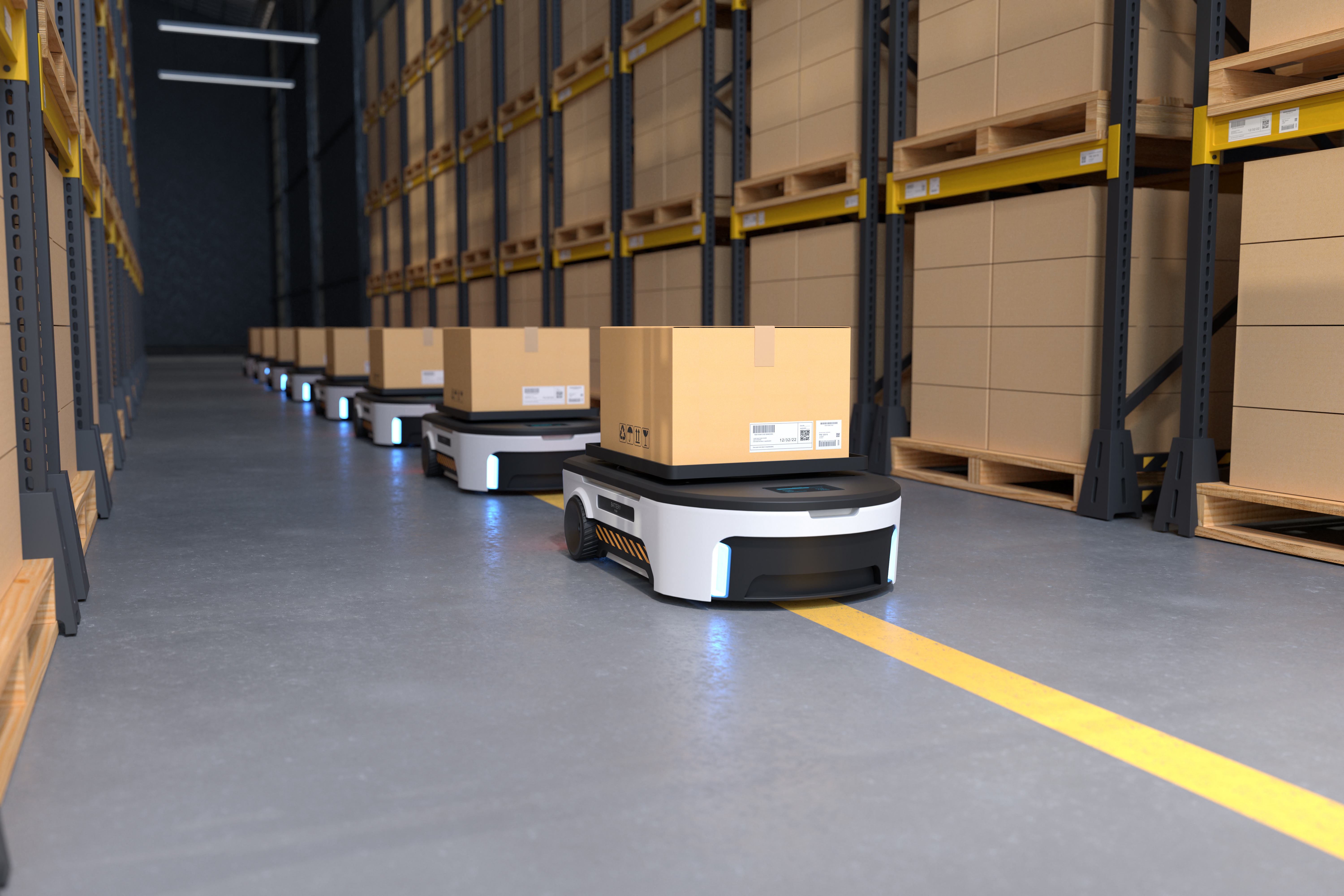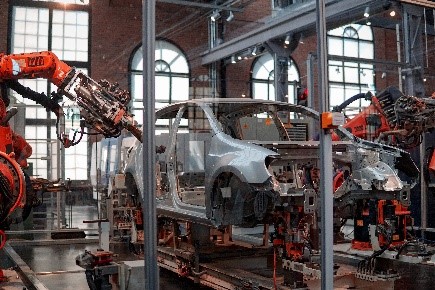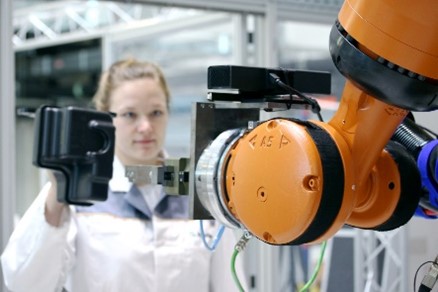The challenge
As mobile robot systems become more autonomous, the number of sensors increases, the effort required to link their data increases, and with it the need for computing power to realize reliable and safe real-time operation. Architecture scalability, sufficient transmission bandwidth between sensor and data processing, and minimization of power requirements are the main challenges for the development of high-performance computers to be used in mobile systems. It is predicted that in less than 10 years, the required computing capacity in the sensor periphery will have to match that of a supercomputer today. This requirement can only be met by a combination of hardware and software components specifically developed for each other.





